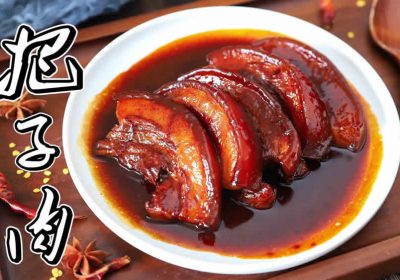Fujian cuisine (闽菜 mǐn cài), rooted in the coastal and mountainous landscapes of Fujian Province, masterfully blends fresh seafood, wild mushrooms, and sweet-savory flavors. Known for its soups, delicate knife skills, and use of red yeast rice (红糟 hóng zāo), here are 10 dishes that define Fujian’s culinary soul—from imperial banquets to humble street eats.
1. Buddha Jumps Over the Wall (佛跳墙 fó tiào qiáng)
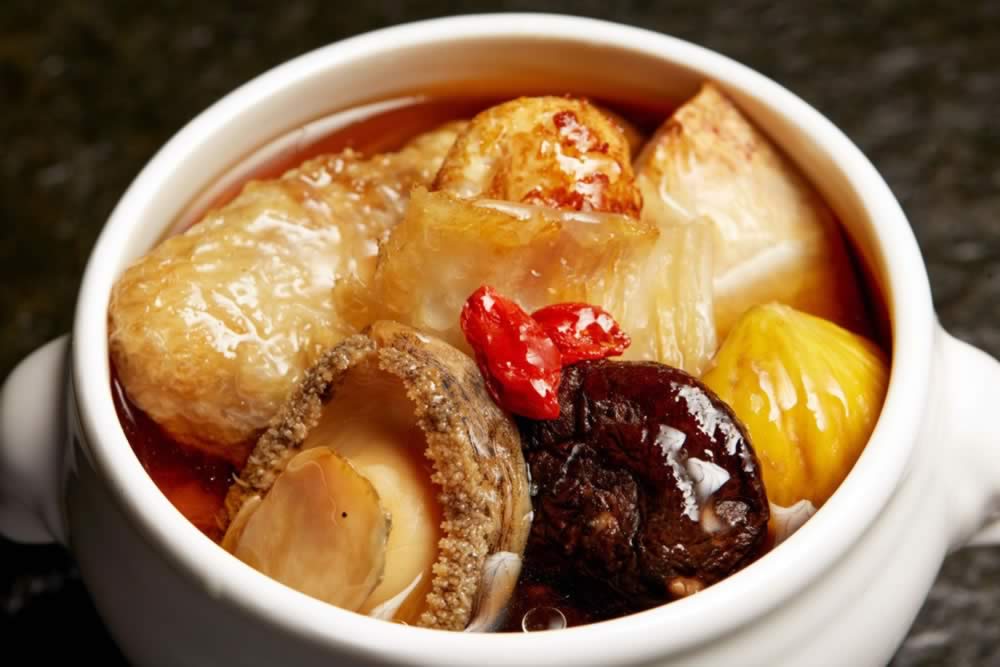
Origin: Fuzhou, Qing Dynasty
Legend: A fragrant stew so enticing that monks allegedly leaped temple walls to taste it.
Ingredients: Abalone, sea cucumber, shark fin, quail eggs, and aged Shaoxing wine, simmered for days in a clay pot.
2. Fuzhou Fish Balls (福州鱼丸 fú zhōu yú wán)
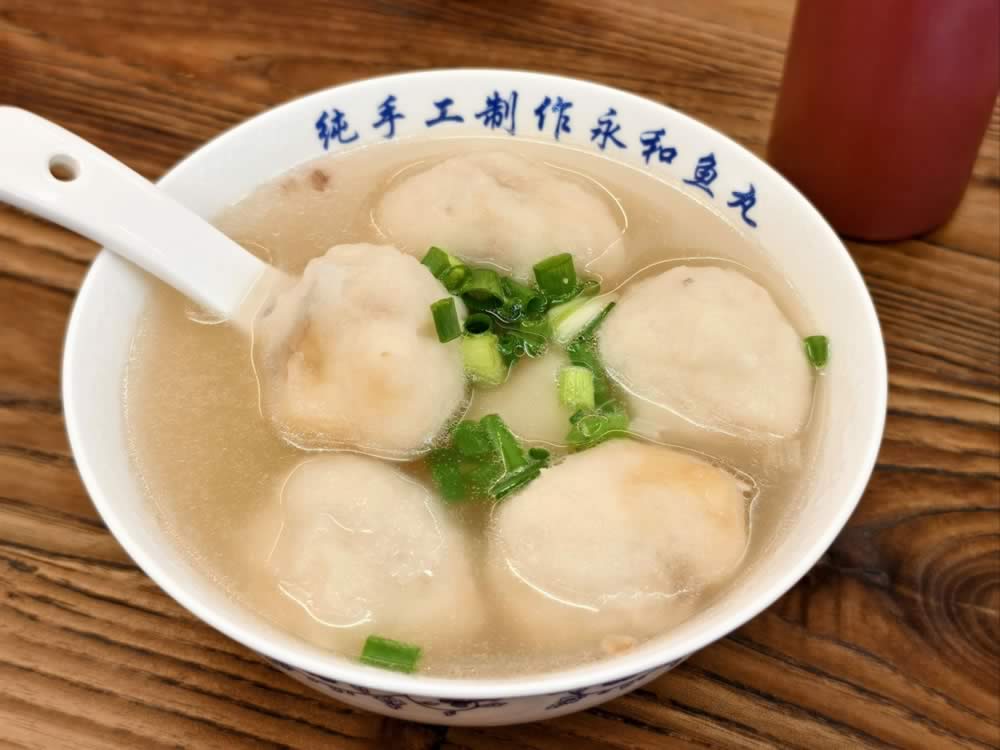
Craftsmanship: Fresh mackerel pounded into bouncy balls, stuffed with pork filling.
Soul of Fuzhou: Served in a clear broth with seaweed; a symbol of reunion in Fujian culture.
3. Oyster Omelette (蚵仔煎 ké zǎi jiān)
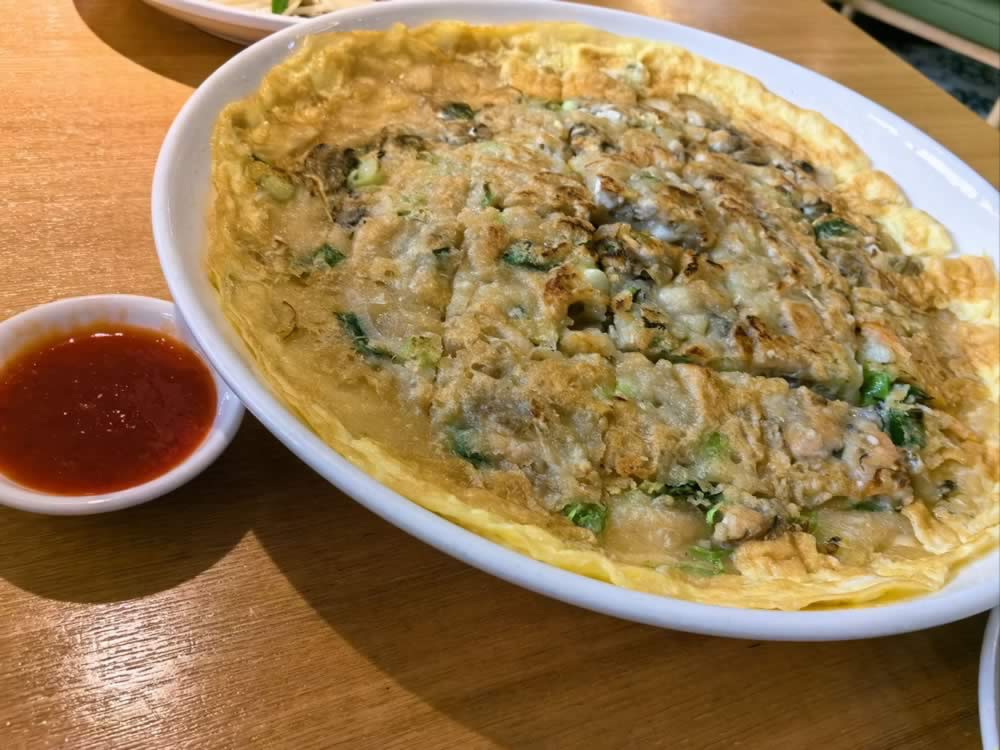
Coastal Classic: Plump oysters pan-fried with sweet potato starch, eggs, and cilantro.
Street Food Star: Crispy edges, gooey center, drizzled with sweet chili sauce.
4. Lychee Pork (荔枝肉 lì zhī ròu)
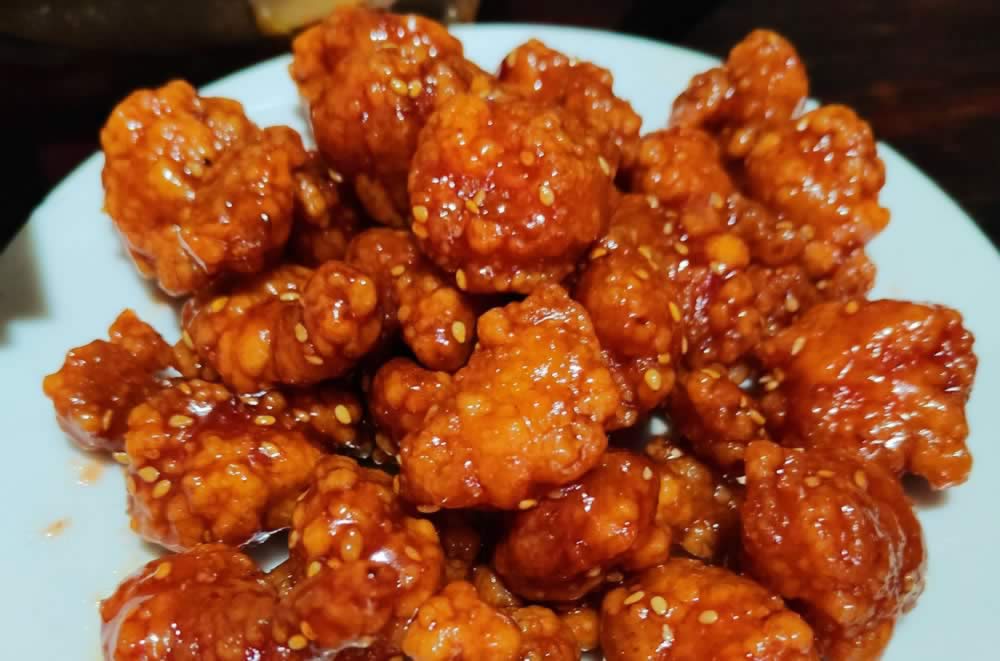
Artful Imitation: Pork scored to resemble lychee skin, deep-fried, and tossed in a sweet-vinegar glaze.
Fujian’s Sweet Tooth: Named for its visual mimicry of the beloved fruit.
5. Shaxian Noodles (沙县拌面 shā xiàn bàn miàn)
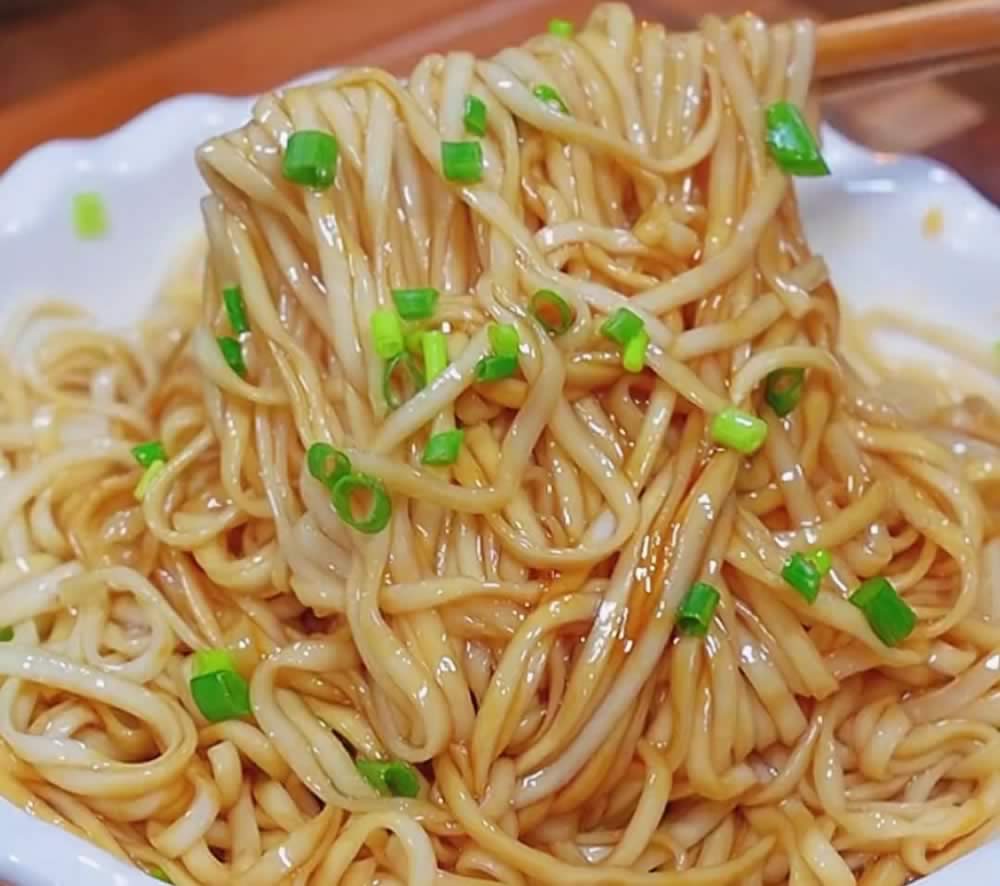
National Phenomenon: Chewy wheat noodles tossed in sesame-peanut sauce.
Cultural Export: Shaxian County’s humble snack became China’s most franchised street food.
6. Putian Braised Noodles (莆田卤面 pú tián lǔ miàn)
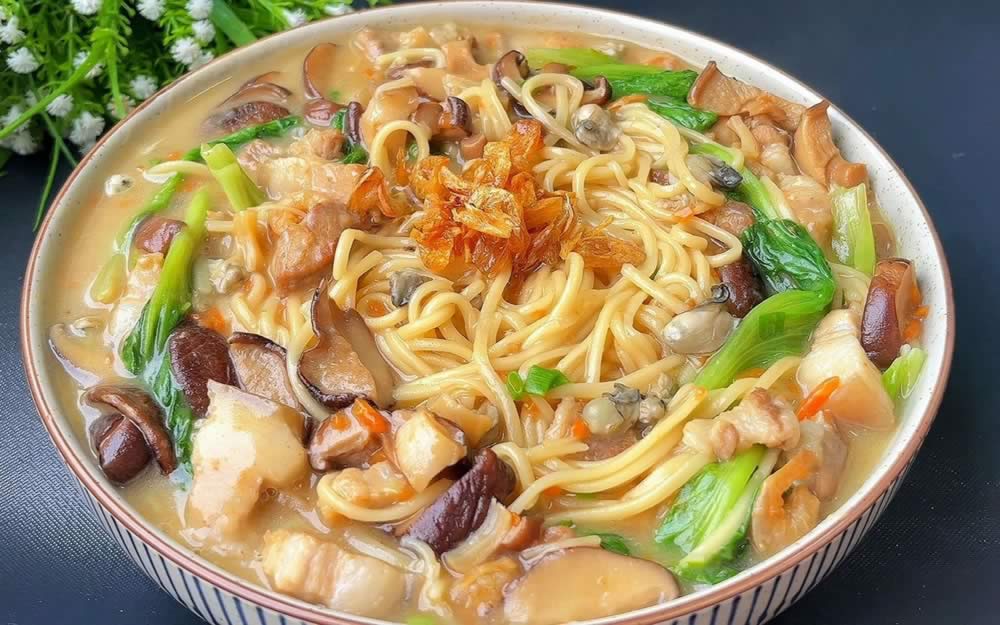
Seafood Bounty: Thick noodles stewed with clams, shrimp, and pork in a rich bone broth.
Comfort Food: A dish born from Putian’s fishing villages, now a Fujian staple.
7. Red Yeast Rice Chicken (红糟鸡 hóng zāo jī)

Fujian’s Secret: Chicken marinated in fermented red yeast rice (红糟 hóng zāo), steamed to rosy perfection.
Health & Flavor: Believed to boost blood circulation in traditional medicine.
8. Minced Meat Rice (肉燕 ròu yàn)
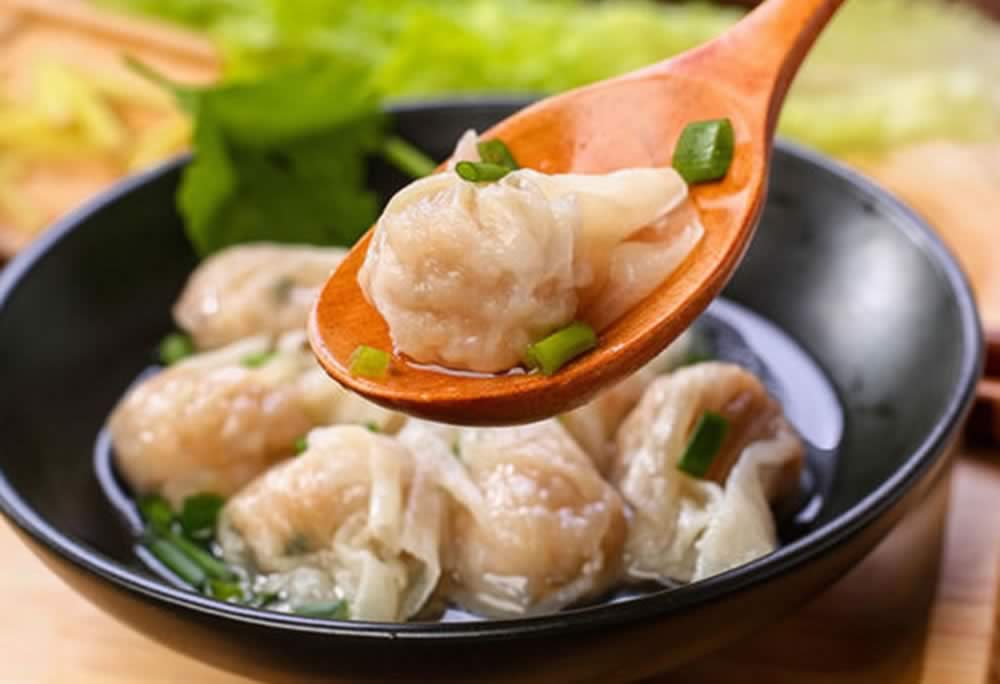
Fuzhou’s Dumpling: Translucent “wrappers” made from minced pork, filled with shrimp and mushrooms.
Poetic Name: Called “meat swallows” for their delicate, wing-like folds.
9. Tusundong (土笋冻 tǔ sǔn dòng)
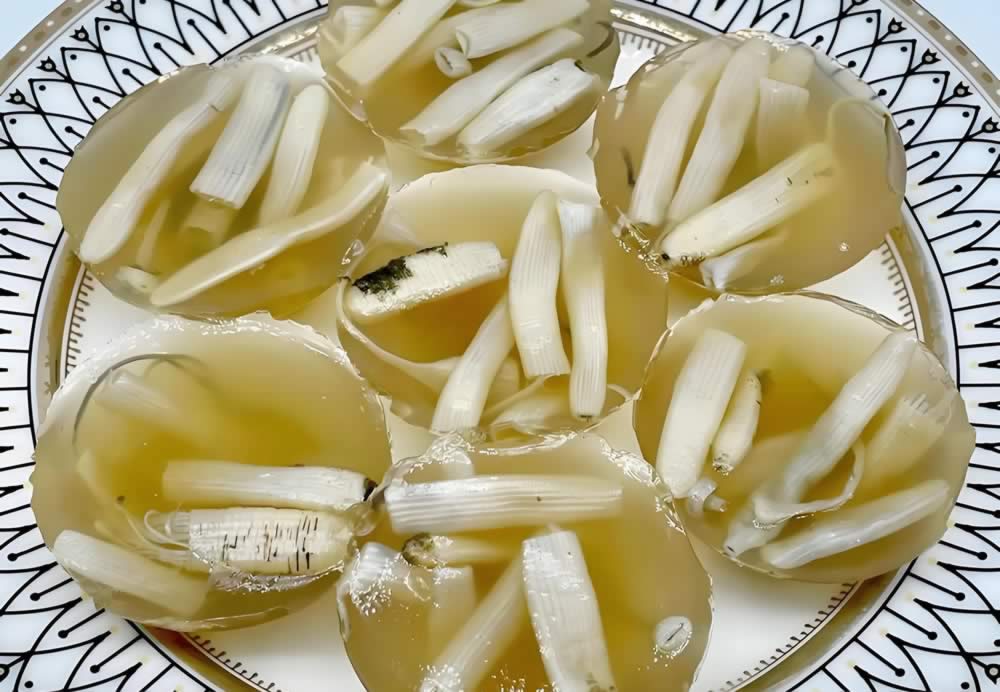
Bold Delicacy: Jelly made from sandworms (海星虫 hǎi xīng chóng), served chilled with mustard and vinegar.
Quanzhou’s Pride: A textural adventure beloved since the Ming Dynasty.
10. Glutinous Rice with Crab (八宝红鲟饭 bā bǎo hóng xún fàn)
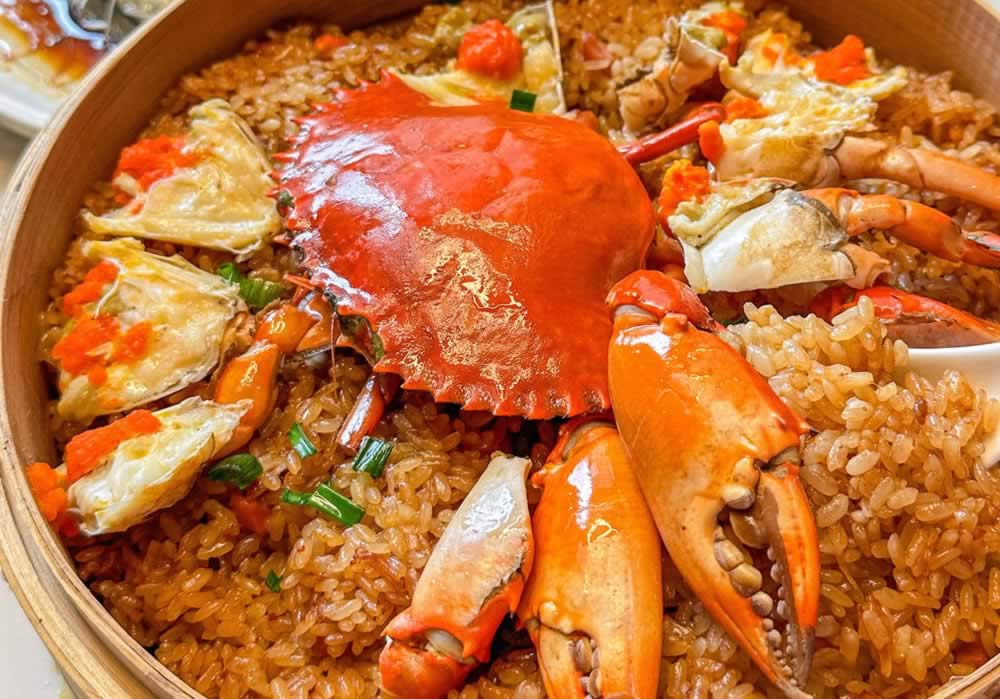
Banquet Grandeur: Sticky rice steamed with crab roe, mushrooms, and chestnuts inside a whole crab shell.
Symbolism: “八宝” (bā bǎo – eight treasures) represents prosperity.
Why Fujian Cuisine Stands Apart
Fujian chefs are alchemists of umami—transforming mountain herbs, tidal flats, and aged wines into complex broths. Unlike Cantonese subtlety or Sichuan heat, Fujian dances between 甜、酸、鲜 (tián, suān, xiān – sweet, sour, fresh). From the oceanic opulence of Buddha Jumps Over the Wall to the earthy charm of Tusundong, every dish tells a story of land and sea intertwined.
 Chinatodo
Chinatodo
